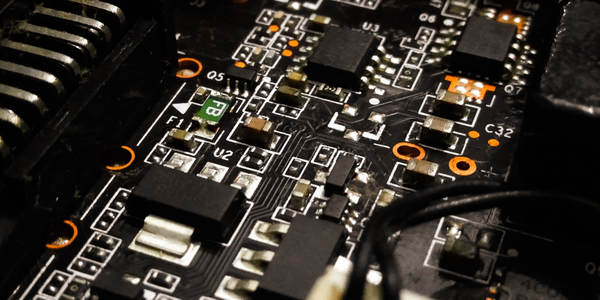下载PDF
STMICROELECTRONICS INTEGRATES ALARM NOTIFICATION INTO ITS PRODUCTION CONTROL PRO

技术
- 功能应用 - 远程监控系统
- 传感器 - 空气污染传感器
适用行业
- 电子产品
适用功能
- 商业运营
用例
- 室内空气质量监测
挑战
半导体生产环境是“洁净室”,必须严密监控以减少产品污染的可能性。多尘的环境几乎肯定会导致质量控制问题。为了防止此类灾难,意法半导体安装了一个数据监控和集中系统,可以立即识别问题并提醒相关人员。
客户
意法半导体
关于客户
意法半导体 2013 年收入为 84.53 亿美元,是全球第九大半导体制造商。除其他地点外,该公司还在法国鲁塞特经营一个站点。成立于 1979 年,专注于微芯片、智能卡和
解决方案
为了防止此类灾难,意法半导体安装了一个数据监控和集中系统,可以立即识别问题并提醒相关人员。该系统由 WIN-911 的欧洲合作伙伴 Micromedia International 提供。 STMicroelectronics 使用 Micromedia 的 ALERT 警报通知软件来监控设施的环境条件,并在出现任何问题时及时通知操作员。 STMicroelectronics 使用 InTouch 监控系统来监控设施,同时设置了 ALERT 软件以实现警报。如果任何设备停止、达到临界水平、质量参数受到威胁和/或机器遇到缺陷,InTouch 监控系统将检测到它,并发出警报消息。
收集的数据
Asset Performance, Equipment Status, Facility Management, Fault Detection, Process Parameters
数量效益
相关案例.

Case Study
Remote Temperature Monitoring of Perishable Goods Saves Money
RMONI was facing temperature monitoring challenges in a cold chain business. A cold chain must be established and maintained to ensure goods have been properly refrigerated during every step of the process, making temperature monitoring a critical business function. Manual registration practice can be very costly, labor intensive and prone to mistakes.

Case Study
Cloud Solution for Energy Management Platform-Schneider Electric
Schneider Electric required a cloud solution for its energy management platform to manage high computational operations, which were essential for catering to client requirements. As the business involves storage and analysis of huge amounts of data, the company also needed a convenient and scalable storage solution to facilitate operations efficiently.

Case Study
Leveraging the IoT to Gain a Competitive Edge in International Competition
Many large manufacturers in and outside Japan are competing for larger market share in the same space, expecting a growing demand for projectors in the areas of entertainment, which requires glamor and strong visual performance as well as digital signage that can attract people’s attention. “It is becoming more and more difficult to differentiate ourselves with stand-alone hardware products,” says Kazuyuki Kitagawa, Director of Service & Support at Panasonic AVC Networks. “In order for Panasonic to grow market share and overall business, it is essential for us to develop solutions that deliver significant added value.” Panasonic believes projection failure and quality deterioration should never happen. This is what and has driven them to make their projectors IoT-enabled. More specifically, Panasonic has developed a system that collects data from projectors, visualizes detailed operational statuses, and predicts issues and address them before failure occurs. Their projectors are embedded with a variety of sensors that measure power supply, voltage, video input/ output signals, intake/exhaust air temperatures, cooling fan operations, and light bulb operating time. These sensors have been used to make the projector more intelligent, automatically suspending operation when the temperature rises excessively, and automatically switching light bulbs. Although this was a great first step, Panasonic projectors were still not equipped with any capability to send the data over a network.








